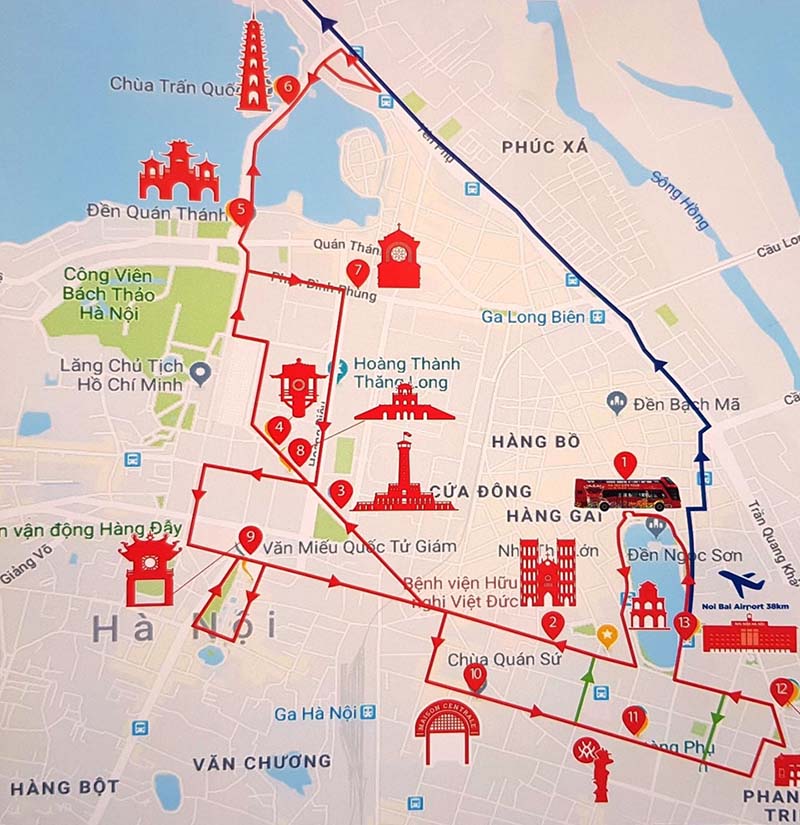Vietnam Climate
Vietnam is located between 9 and 23 degrees north. Eastern Vietnam has a long coastline on the Gulf of Tonkin and the South China Sea. It has a tropical monsoon type of climate; from May-Sep the south monsoon sets in, and the country is dominated by south to southeasterly winds. From Oct-April, the north monsoon is dominant with northerly to northeasterly winds affecting the country. There is a transition period between each monsoon season when winds are light and variable.
The country is mountainous in the northwest and in the central highlands facing the South China Sea, with peaks reaching up to 8000ft (2450m) In the north around Hanoi and in the south around Ho Chi Minh City, there are extensive low-lying regions in the Red River delta and the Mekong delta respectively.
Vietnam has a single rainy season during the south monsoon (May-Sep). Rainfall is infrequent and light during the remainder of the year. Rainfall is abundant, with annual rainfall exceeding 1000mm almost everywhere. Annual rainfall is even higher in the hills, especially those facing the sea, in the range of 2000-2500mm.
For coastal areas and the parts of the central highlands facing northeast, the season of maximum rainfall is during the south monsoon, from Sep-Jan. These regions receive torrential rain from typhoons which move in from the South China Sea at this time of the year. The weather at this time is cloudy with frequent drizzle.
During the north monsoon, northern Vietnam has cloudy days with occasional light rain, while southern Vietnam tends to be dry and sunny.
Temperatures are high all year round for southern and central Vietnam; but northern Vietnam has a definite cooler season as the north monsoon occasionally advects cold air in from China. Frost and some snow may occur on the highest mountains in the north for a few days a year. In the southern Vietnam, the lowlands are sheltered from outbreaks of colder northerly air and the dry season is warm to hot with much sunshine.
Hanoi - Vietnam Weather
Hanoi has a mild, tropical climate typical of northern Vietnam with a dry season from November to April and a wet season from May to October. The months of June through August are typically the hottest and wettest.
Best Time to Come
The best time to come to Hanoi is from September to November or from March to April, when the weather is mild. Temperatures during these months range from 18°C to 30°C and the days stay relatively dry. From November to March, there is less rain but it can get quite cold in the evening so bring a warm jacket if visiting during this time. Most homes in Hanoi do not have heating so be sure that there are extra blankets on hand for a comfortable sleep.
Seasons
Hanoi has two main seasons, the northeast monsoon months of November to April and the southwest monsoon months of May to October. The northeast monsoon season can be further divided into a winter season from November to February, which sees the coolest and driest days with average temperatures of 10-15°C and only 20mm of rain. Springtime runs from February to April, when warmer temperatures are accompanied by more rain, up to 80mm in April. The southwest monsoon summer months of May to September can get uncomfortably hot (temperatures into the mid-30s) and humid with heavy rains, especially in July and August when each month gets an average 320mm of rain. The autumn months of September to November are generally sunny and mild.
Being inland, Hanoi escapes the brunt of the summer typhoon storms, but there can be some wild weather to watch out for.



